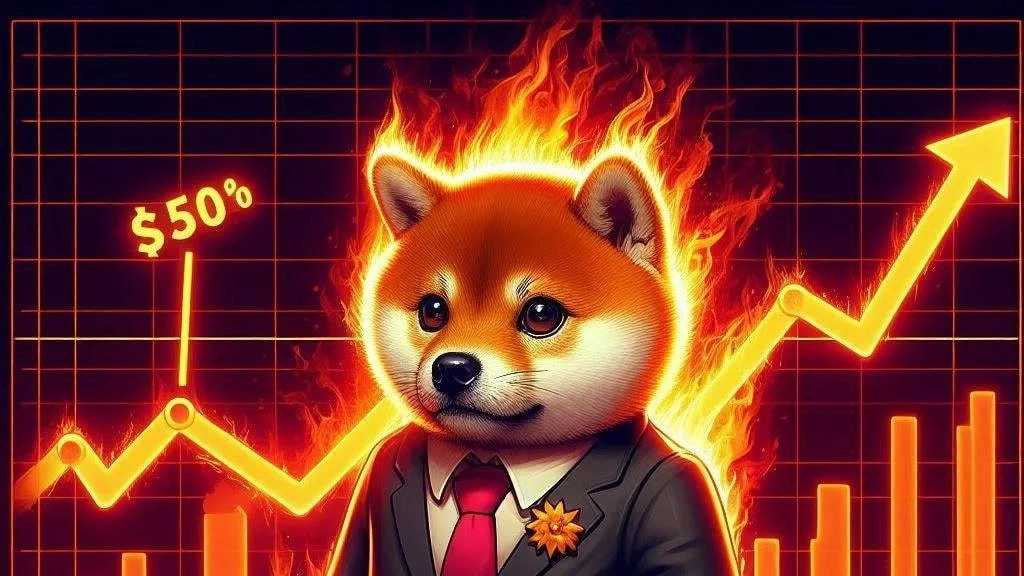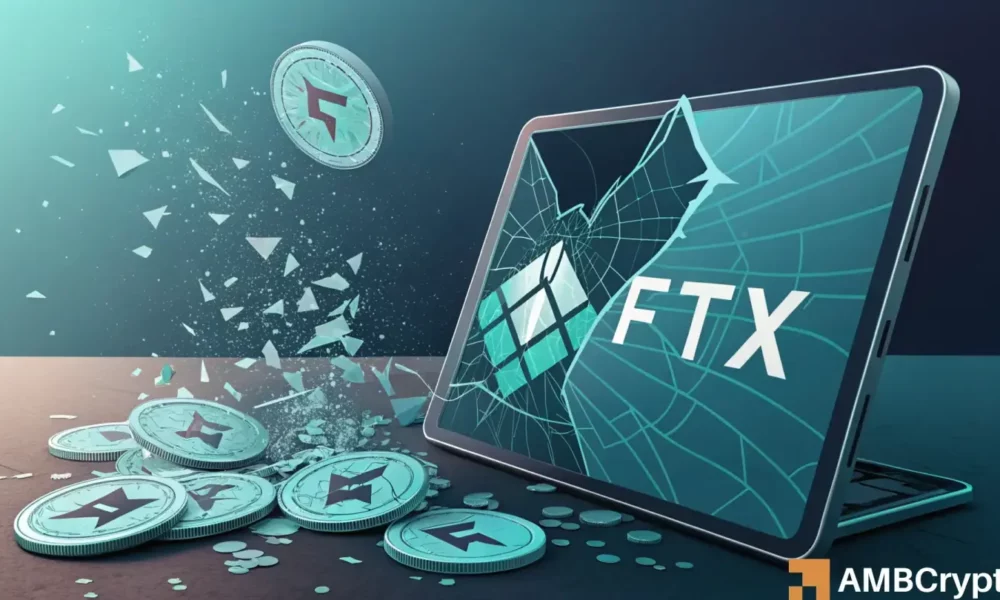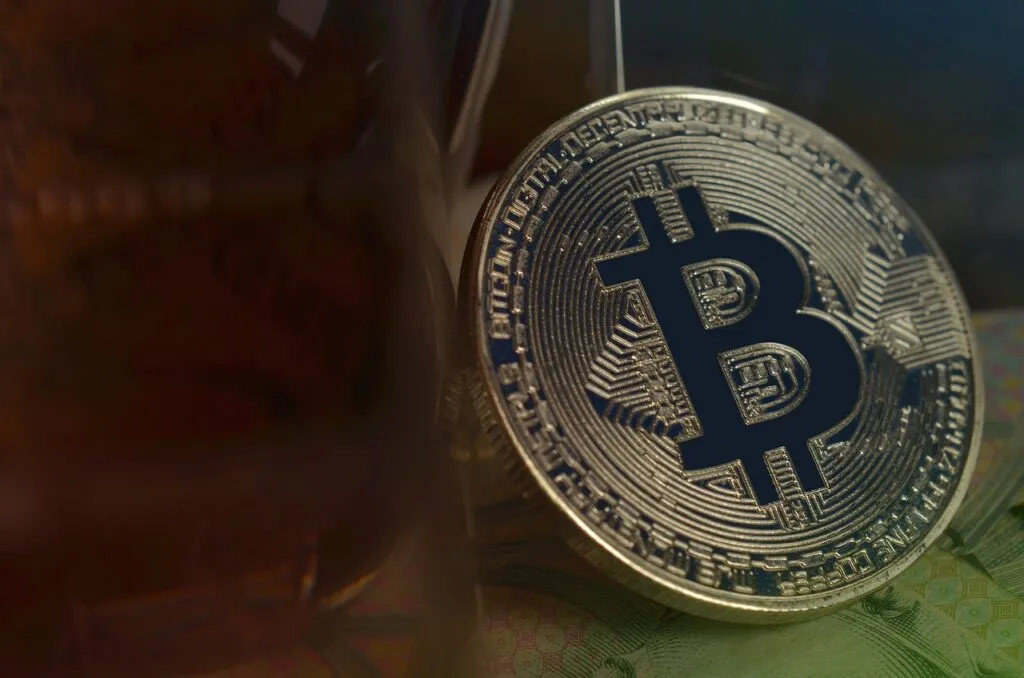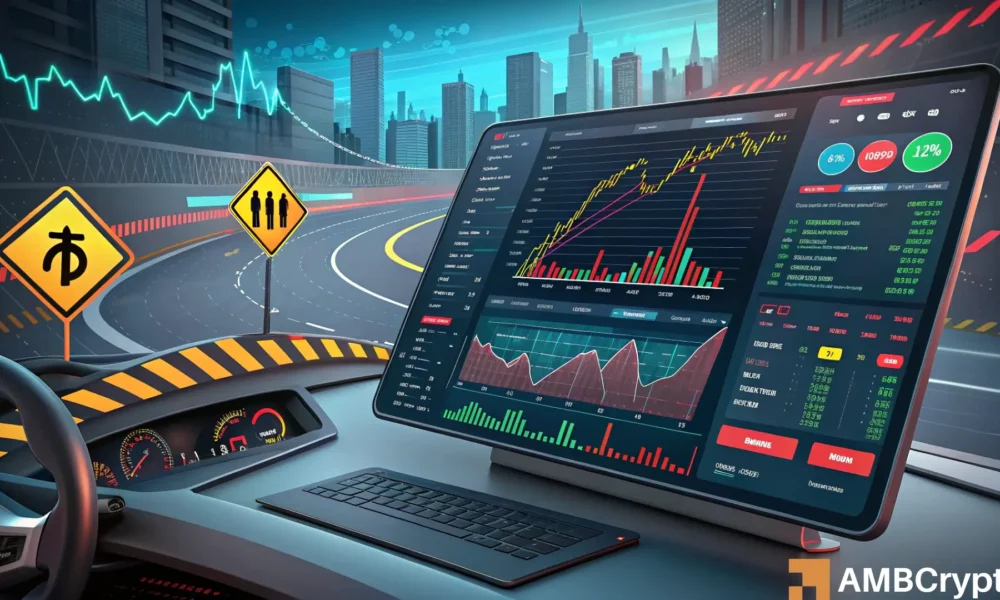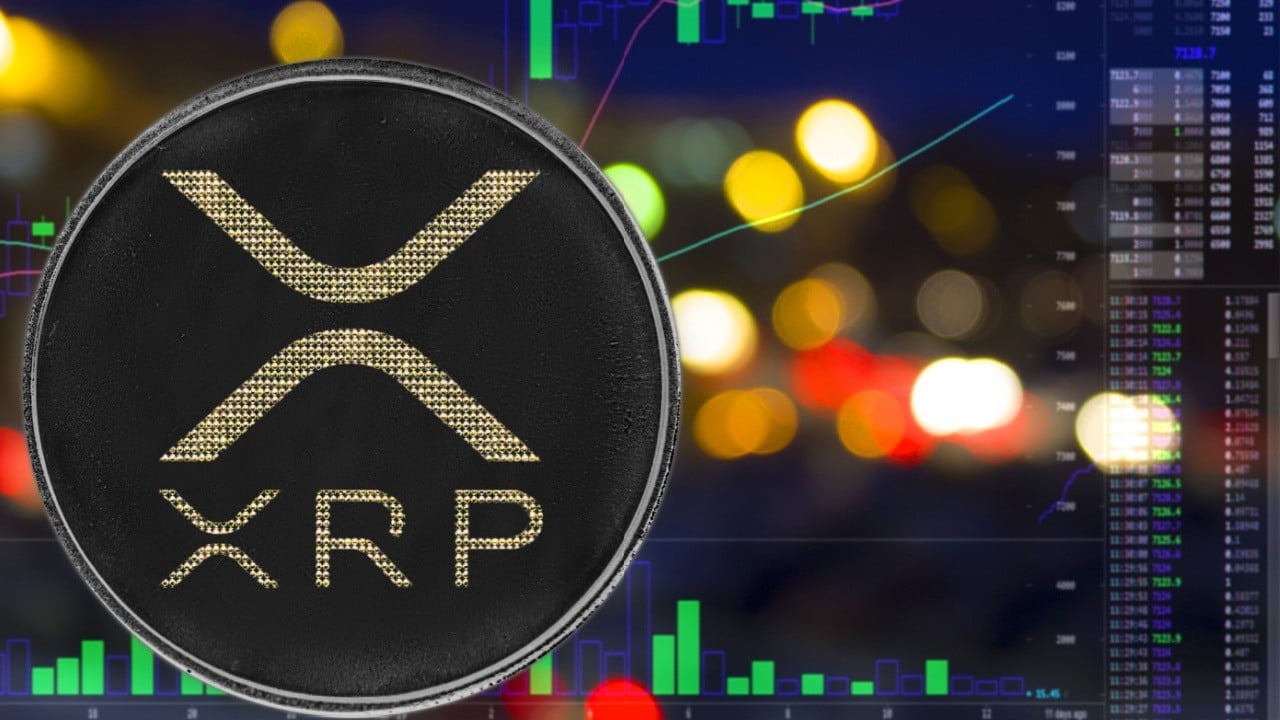Exploring the World of Shiba Inu (SHIB) and the Significance of SHIB Burns
Shiba Inu (SHIB), a decentralized meme coin based on the Shiba Inu breed, has been making waves in the crypto world. Its distinctive logo, featuring a Shiba Inu dog, and its playful name have captured the hearts and minds of investors and crypto enthusiasts alike. But what sets Shiba Inu apart from other cryptocurrencies? One key factor is the concept of “SHIB burns,” which has become central to the ongoing narrative of its price evolution.
Understanding SHIB Burns
SHIB burns refer to the process of removing SHIB tokens from circulation. This is done by sending them to an unreachable address, known as a “dead address.” Once SHIB tokens are burned, they are no longer available for use or trade. The idea behind SHIB burns is to reduce the total supply of SHIB tokens, making each remaining token more valuable.
Burning SHIB tokens can be done in several ways. One method is through transactions on the ShibaSwap platform, which is the decentralized exchange (DEX) built on the Ethereum blockchain for the Shiba Inu ecosystem. Another way is through the Shib Burn Wallet, a multi-chain wallet that supports several blockchains and allows users to burn SHIB directly from their wallets.
Impact on Individual Investors
For individual investors, the SHIB burn mechanism can have several potential benefits. By reducing the total supply of SHIB tokens, the price of each remaining token could potentially increase in value. This could lead to higher returns on investment for those who hold SHIB. Additionally, SHIB burns can help to mitigate the dilutive effect of new token issuance, which can occur when a project issues new tokens to reward users or developers.
- Reduces total supply of SHIB tokens
- Potentially increases value of remaining tokens
- Mitigates dilutive effect of new token issuance
Impact on the World
The impact of SHIB burns on the world at large is more complex. On one hand, the process of burning tokens can be seen as a way for the Shiba Inu community to take a more active role in managing the supply of their cryptocurrency. This could lead to more stable price movements and a more sustainable ecosystem. On the other hand, the energy consumption associated with cryptocurrency mining and transactions, including SHIB burns, has been a topic of concern for many.
Cryptocurrency mining, which is the process of validating transactions and adding them to the blockchain, requires significant computational power. This power is often sourced from non-renewable energy sources, contributing to carbon emissions. While the energy consumption of SHIB burns is relatively small compared to mining, it is still a factor to consider.
Conclusion
Shiba Inu and the concept of SHIB burns represent an intriguing intersection of technology, finance, and community. For individual investors, the potential benefits of SHIB burns include increased token value and reduced dilution. For the world, the impact of SHIB burns is more nuanced, with potential benefits in terms of community-driven supply management and potential drawbacks in terms of energy consumption. As with any investment, it’s important to do your own research and consider the risks and rewards before getting involved.
Regardless of your perspective, the story of Shiba Inu and its SHIB burn mechanism is a reminder of the dynamic and ever-evolving nature of the crypto world. Whether you’re a seasoned investor or just starting out, there’s always something new to learn and discover.

